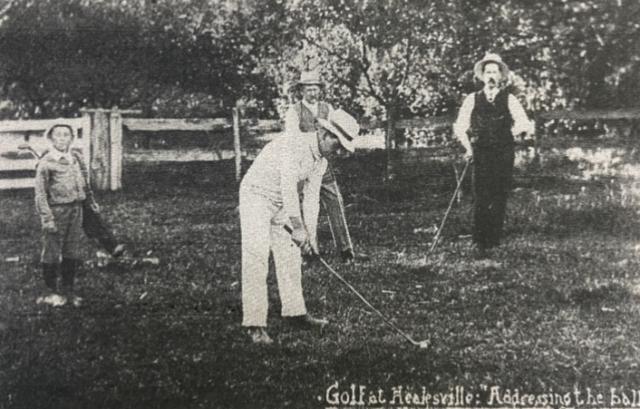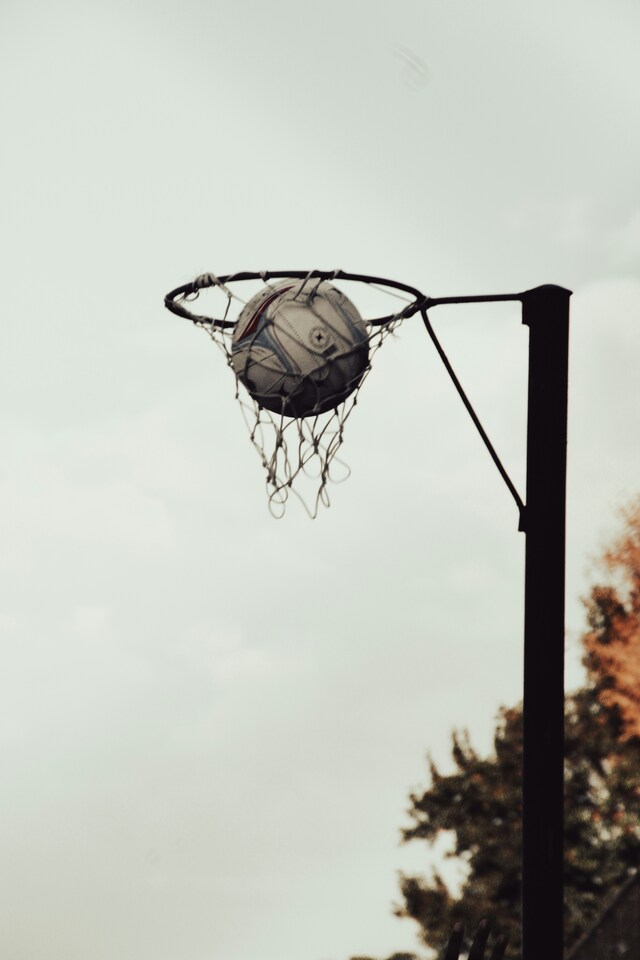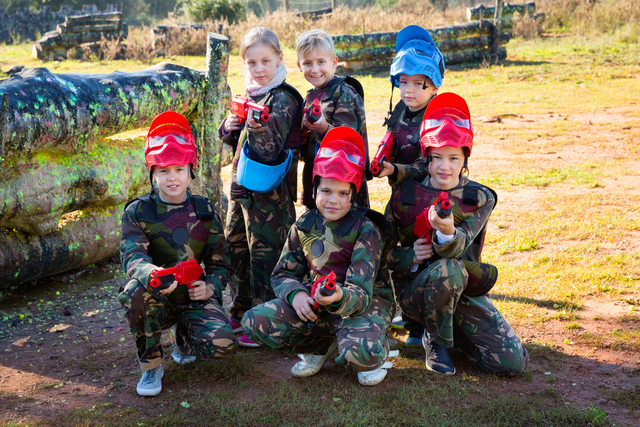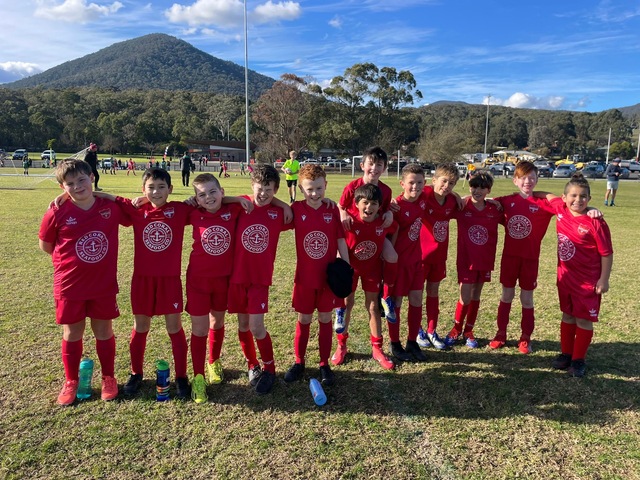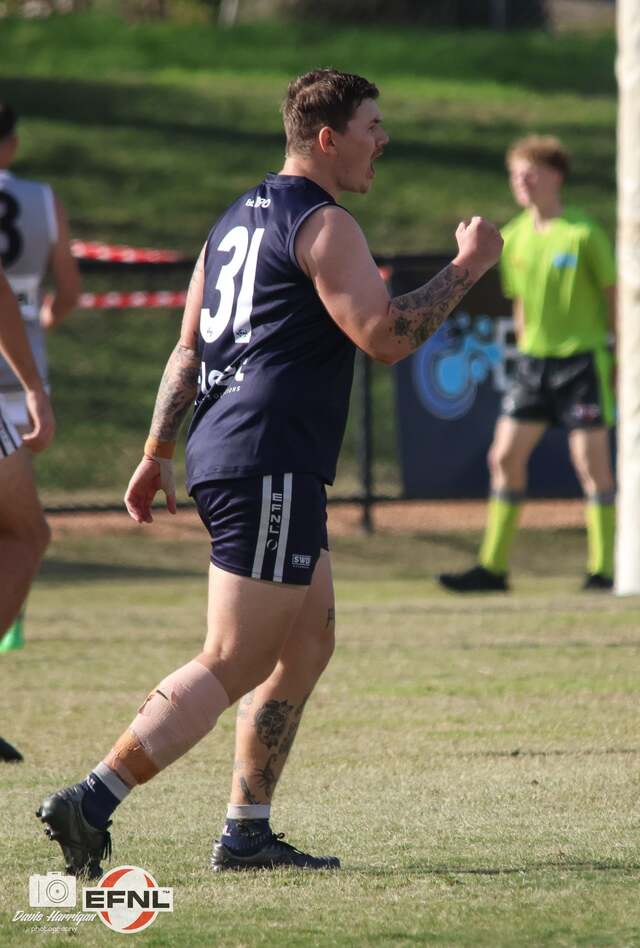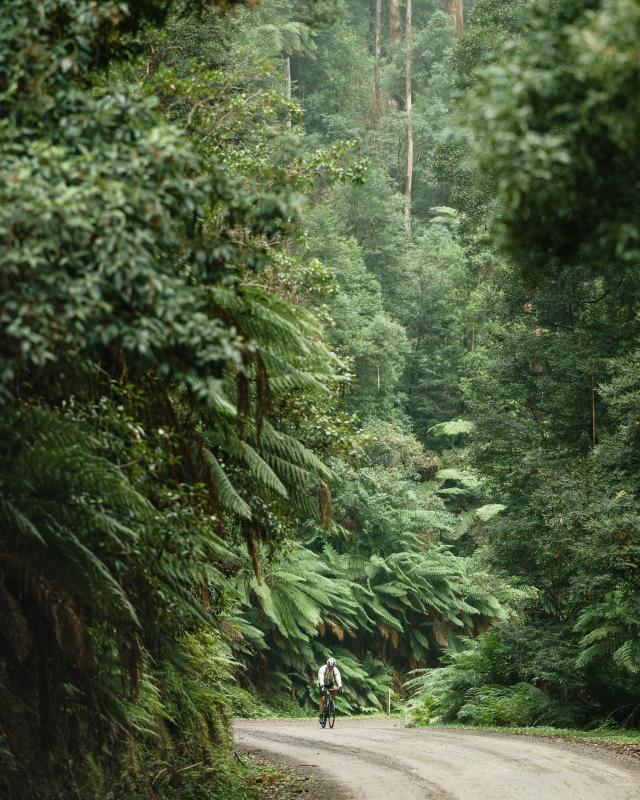Once again, Healesville’s Historical Society President, Bryn Jones sat with me for coffee to outline the next part of the history of golf in Healesville.
By November 1918 the First World War had ended and with that news came the first real plan to establish a links in a different location.
The Healesville and Yarra Glen Guardian reported on a meeting attended by 18 people to consider this very idea. A Mr Dossetor, the convener of the meeting, stressed the necessity of a proper golf course for Healesville. He and his family would have come to the town had that been the case. Further, he would build a house in Healesville if good links become available. Now came the interesting news!
With the help of Stanley Pierce, the secretary of the golf club and a local estate agent and auctioneer, he had obtained the offer of 42 acres quite close to the town eminently suited for a course.
He then outlined the proposal. He would buy the land at a cost of about £1100 and would take 4 acres of it on the hillside at the average price of the whole package. That would mean the balance of the land would cost about £1000. The cost of laying out the links would be between £250 and £300. He then went on to further explain the financial details.
To further the case he emphasised the advantages to Flinders and Woodend because Golf was available in those places; without golf, they would be dead. He also pointed out – probably to the consternation of members present – that subscriptions in Healesville were the lowest of any golf club in Victoria and advocated that they should be doubled. But then (as now) people in Melbourne, he asserted, travelled considerable distances to play golf”
By January the following year 1919, the local newspaper reported the formation of the Healesville Golf and Land Company. As well as Daniel Robert Dossetor, an architect, the founding members of the ‘syndicate’ were Henry and Edward Kinnear, of Kinnear Ropes Works in Footscray who provided finance; Albert Dean warehouseman and Lucy Appolonia, who became the first manageress of the golf house, a position she maintained until 1928.
The plan was to construct a 12 hole course on the 42 acres the company had acquired, which had a considerable frontage to the river, was well served by roads, and commanded some of the best views in the beautiful district.
The company intended to retain practically the whole of the road frontages and would sell at least 1050 feet in building allotments, without interference with the golf course. These lots were within 10 minutes walk of the Healesville Railway Station and were all upon high land and in command of magnificent scenery. One of the best things from the golf club’s point of view was that they were expected to raise a substantial profit for the sale of this part of the land.
The company also undertook to remove the existing clubhouse from Queens Park to the new site. The old course now of seven holes, the newspaper pointed out; was practically unplayable during the greater portion of the year, and was subject to the many restrictions governing the public park.
Matters were moving at a rapid pace. By the 8th of February, Stanley Pearce in a letter to the local newspaper appealed to the local residents to support the golf club by buying shares in it at £10 each. He expressed some concern that having sent out 130 circulars, he had received only one application and he asked rhetorically, and somewhat plaintively, “Can anyone tell me where cheaper land can be can be purchased suitable for golf links than the proposed new links?” He announced that “Two Melbourne gentlemen” have taken £200 each and others In the city have promised to take £25 and £50 each. He claimed he could raise the money needed from Melbourne but “the city folks want to see what interest Healesville will take in their own well-being.” If each guest house proprietor and business owner “making a living from visitors” invested 5 pounds the whole company would be floated at once.
Again the emphasis was that Healsville needed more than beauty to retain its ability to attract visitors, especially in comparison with coastal resorts such as Mornington, “which has so much more to offer.”
This was emphasised even more with the reprinting of the Healesville and Yarra Glen Guardian of 22 February 1919, of a special article from the Australian Golfer in which the writer describes the links at Queens Park “as a queer little course of seven holes” and repeats the argument in ‘Pierce’s letter’. “The scheme (for the new course) cannot fail to be of material benefit to the future progress of Healesville” and “deserves to receive support” from the local population.

